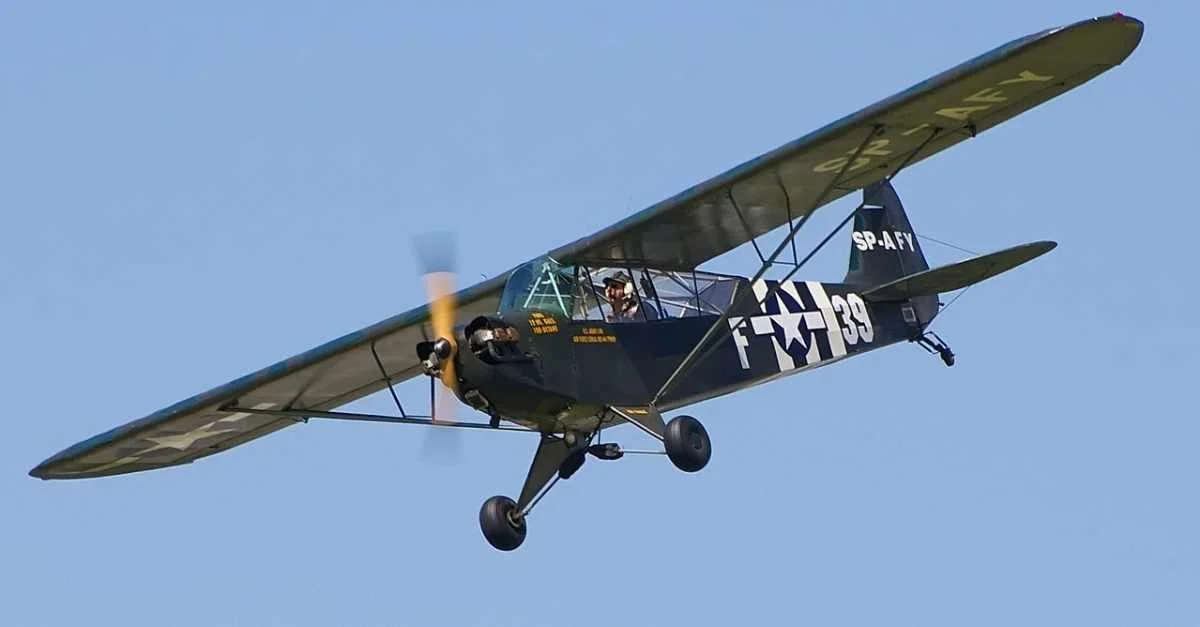The Piper Cub is an iconic aircraft designed by Piper Aircraft, a company with roots tracing back to Rochester, New York, and now headquartered in Vero Beach, Florida. Initially conceptualized as a trainer aircraft, the Piper Cub has evolved into a multifaceted light aircraft, fulfilling various roles throughout its storied history. As William Piper's vision evolved, the aircraft saw significant production, with the original J-3 Cub and its variations, including the Piper Super Cub, becoming the most manufactured models by Piper Aircraft.
The infamous Piper Cub traces its origins to the Taylor E-2 Cub designed by company founders William Piper and Gilbert Taylor in the early 20th century. This aircraft, which first took flight in 1930, was initially powered by a two-cylinder engine dubbed the Brownbach Tiger Kitten. The Cub designations would follow, leading to the birth of the notable J-3 model in 1937. "Piper Aircraft would introduce their first Cub aircraft, the Piper Cub J-3," incorporating changes like an enclosed cockpit, redesigning the engine cowling, and adopting a new engine, the Continental A-40 piston engine.
During World War II, the Piper Cub served the United States government under the Civilian Pilot Training program. It was instrumental in training, reconnaissance, and other military operations. The aircraft had its first combat loss over Oahu, Hawaii, during the Pearl Harbor attack. "Piper would go on to modify the Piper Cub to better suit the military needs of the American Army," leading to the creation of the L-4 Grasshopper variant, and production numbers for the J-3 variants hit 19,888 units by the end of the 1940s.
 Alerts Sign-up
Alerts Sign-up




































